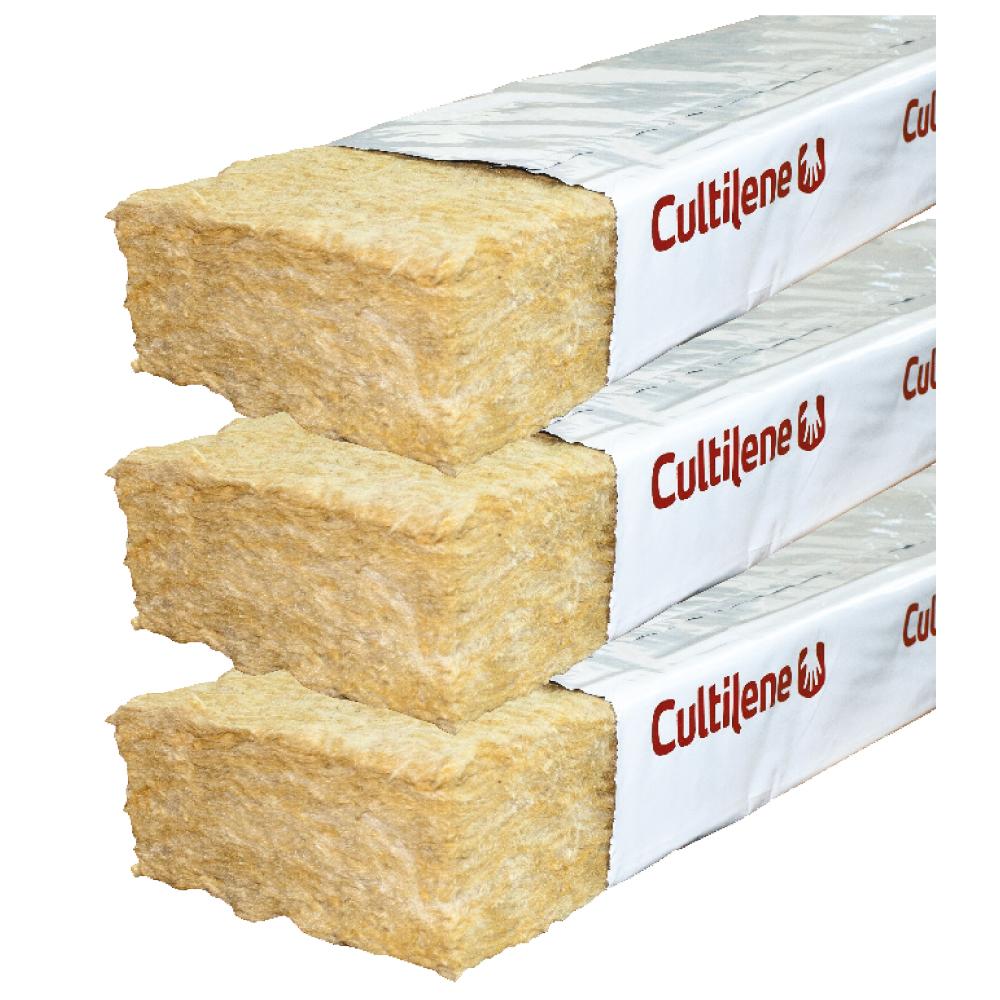

- £5.00
- £5.00
- Unit price
- per
Order and get 5 GroPerks Points
Sign up to our reward program to earn points whenever you shop, then convert your points to money off vouchers!
Couldn't load pickup availability
Price Match Promise
Seen it cheaper elsewhere?
We guarantee we will at least match the price!
Free Shipping
Free standard shipping on orders over £50
Excludes large or bulky products.
Discreet Delivery
All orders are sent in plain packaging.
We won't tell if you don't!
The original hydroponic growing medium and still the most widely used in commercial applications. Rockwool slabs are an inexpensive and mess free solution, perfect for dripper systems. They are an inert substrate with great water and air holding properties which allow you full control over your plants nutrition. Differing slightly to Rockwool Blocks, slabs are a larger product which the blocks are planted into. This provides a larger root space for your plants to grow into than a single block does. They are available in 1m or 1.2m lengths, offering a variety of options for spacing your plants in your room. They are perfect for run to waste and dripper systems.
Using rockwool as a hydroponic substrate gives you fantastic advantages over traditional growing media for your indoor garden. Firstly, the water holding capacity is much greater, meaning litre for litre it can hold substantially more water than coco coir or soil. It also releases this water much easier than soil or coco does, meaning the plant does not use as much energy obtaining the water from the substrate. This means you can use a lot smaller volume of media, and your plant has more energy available for vegetative or generative growth above ground.
As rockwool is inert and contains no nutrients, you have complete control over what your plants are fed. This also means that you need to be a little more careful with your pH and EC levels as whatever you give your plants is what they will get! There is no buffer or ‘forgiveness’ you would get from soil or coco. Fortunately you can also monitor these levels with far greater accuracy than with other mediums. Being a stable and inert substrate the EC and pH level found in your hydroponic system tank will also be that which is in the rockwool slab. Some people even choose to stick a syringe into the slab itself and extract a sample of water! It is that easy!
How To Use Rockwool Slabs
Before you plant out into Rockwool Slabs you will need to prepare them for use. Firstly you will need to cut your drainage holes into the bottom of your slab. The size and amount of these holes varies from grower to grower and also depends on the amount of plants you intend to plant into the slab. Next you need to give them a soaking in some pH adjusted water to make sure that the residual chalk/limestone is neutralised, and the pH is stabilised. Soak the slabs in water that has a pH level of between 4.5-5.0, ideally for 24 hours. After soaking let the water drain away, DO NOT try to squeeze the water out of the slabs as this will likely damage the structure of them and in turn negatively effect the overall results. Now you can position your slabs in your system and cut holes out the top where your rockwool blocks will be placed. You will need to use a hydroponic-specific nutrient with rockwool and ideally one tailored to either recirculating or run to waste, depending on your setup.
The frequency of your irrigations depends on a host of different factors. After initially planting on to the slabs, your plants may not need watering again for another 3+ days due to the great water holding properties of rockwool. Once they have properly rooted into them you will need to increase the frequency of the irrigations as well as the EC as the plants needs become greater. We recommend that with each irrigation you should aim for roughly 10% run off. You can measure this by either volume of the water, or the time of the irrigation. For example, if you drip feed 2 litres of solution, you want 200ml runoff. Or if you are irrigating for 3 minutes (180 seconds), you want the runoff to be dripping for 10% of that time, roughly 18 seconds. When you start seeing less and less run-off from each irrigation, you know you need to increase the length or frequency of irrigations.
The key to success is to always ensure your plants are well rooted before transplanting them to your slabs, follow our instructions on the rockwool block page to achieve good results with ease. Try to always propagate in rockwool blocks if you are using slabs as your final growimng media. Keeping the same rooting media throughout the plants entire life will make for a much more efficient root system.
Rockwool Slabs are available in 1m and 1.2m sizes.
Questions & Answers
Have a Question?
Be the first to ask a question about this.
Related Products
- From £5.00
- From £5.00
- Unit price
- per
- From £5.00
- From £5.00
- Unit price
- per
- From £5.00
- From £5.00
- Unit price
- per
- From £5.00
- From £5.00
- Unit price
- per
- From £5.00
- From £5.00
- Unit price
- per
- From £5.00
- From £5.00
- Unit price
- per
- From £5.00
- From £5.00
- Unit price
- per
- From £5.00
- From £5.00
- Unit price
- per
- From £5.00
- From £5.00
- Unit price
- per
- From £5.00
- From £5.00
- Unit price
- per
- Choosing a selection results in a full page refresh.




